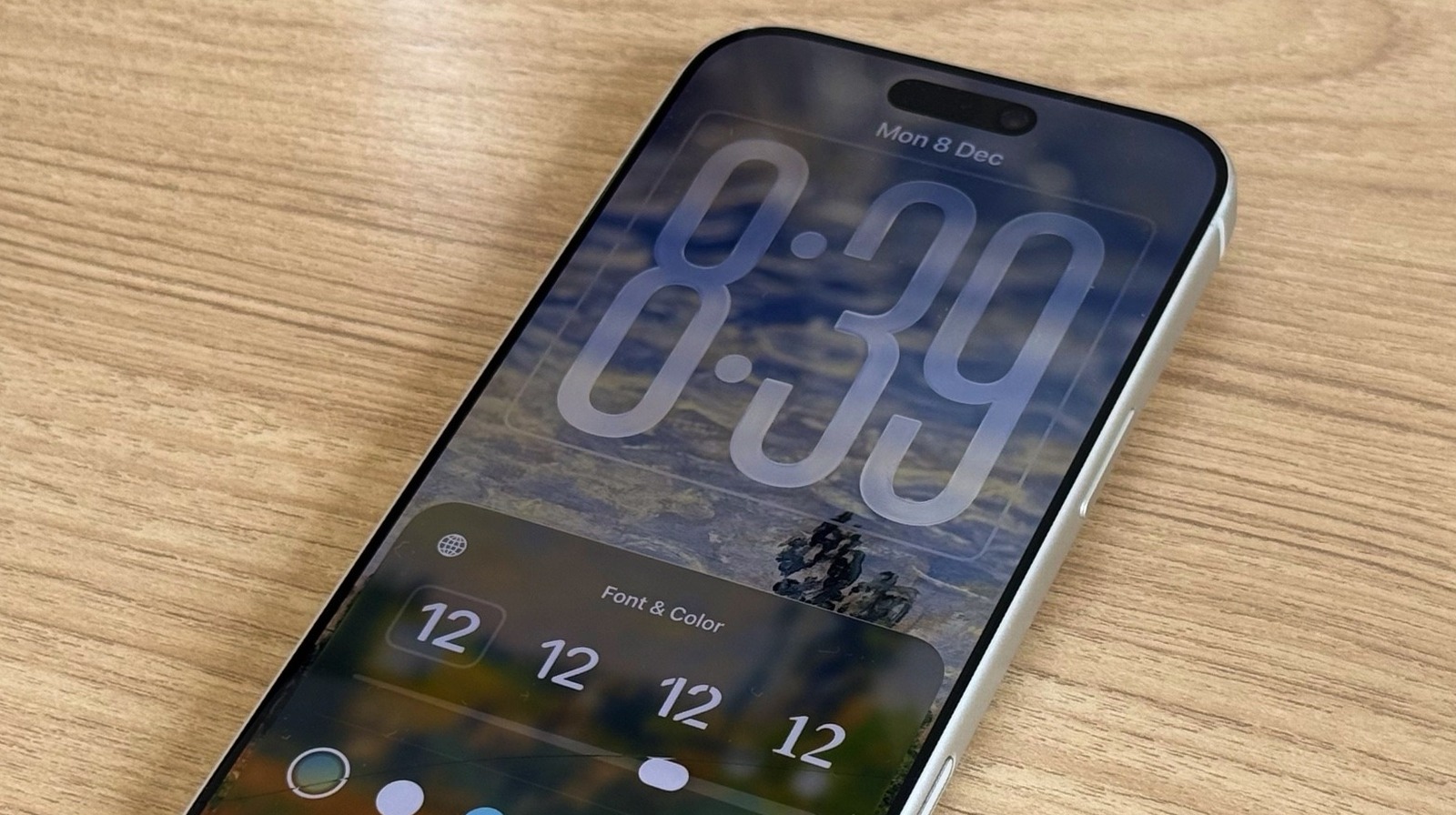Don’t miss out on our latest stories. Add PCMag as a preferred source on Google.
Claude Code is now available on standard web browsers, not just professional coding tools. And while its target audience is still engineers, the ease of accessing it on a phone or computer makes it more inviting for everyone with a Pro ($17 monthly) or Max ($100) subscription to try.
Even for the pros, “it’s kind of annoying to have to open [command-line tools] every time you want to code,” Boris Cherny, head of Claude Code at Anthropic, tells us in an interview. Since Claude Code became available on the web, he’s been accessing it from his phone in the morning, using it to kick off a few tasks that he checks on once he’s in the office.
Claude homescreen (Credit: Claude)
Claude Code runs on Anthropic’s AI models. It can fix bugs, update files, perform code reviews, and more. It can even create tasks in project management tools like Asana. “Whatever tools you use as an engineer, Claude Code can use,” Cherny says. It has become an everyday staple among engineers at Anthropic since its February 2025 release, as well as at other major companies, such as Salesforce, Uber, and Deloitte, he says.
The irony is that Anthropic never intentionally set out to build Claude Code. Cherny tells us more about the product’s backstory and gives an inside look at how the tech industry is using it to accelerate product development.
Emily Forlini: You’ve previously worked at Meta and other tech companies and joined Anthropic in September 2024. Were you hired specifically to build Claude Code?
Boris Cherny: No, I was hired on a team called Labs, which doesn’t exist anymore, because we kind of fulfilled our purpose, I think.
There’s a feeling in research that [AI] models can do all kinds of things that no product has yet captured. And so [Anthropic] was interested in having an in-house prototyping team that figures out what these frontiers models can do. Claude Code is just one of those prototypes that I did. It was definitely not intentional, and very much an accident. But, yeah, it just kind of worked.
What did the early days look like after you built it?
The Labs team started using it immediately, the next day after I gave it to them. I walked in and was like, “Wow, this is crazy.” I’ve built a lot of products, but never really seen that before. And then we gave it to all of Anthropic, and pretty soon everyone was a daily active user. I think still 80% to 90% of people use it daily, and it’s like 100% weekly.
Why did you decide to release it to the public?
We weren’t totally sure if we should even release it, to be honest. We thought it was our secret sauce since it makes our researchers more productive, by a lot. And so we were like, “Should we give this to other people?” Eventually, we decided “yes,” because our job is to learn about safety, and this is kind of the frontier of it. We need to learn about how the agents actually work in the wild.

(Credit: Anthropic)
Is Claude Code truly the first AI coding tool? Replit Agent came out in late 2024, and ChatGPT could generate code years ago.
I consider it the first fully agentic coding product. There have been a lot of [systems] with something like auto-complete, where you start writing a line of code and the AI completes it. This has been around since the early 2000s, or even the late 90s. But it’s not really AI. It’s just deterministic; it’s static analysis.
Then, there was a [Microsoft] Copilot and a bunch of similar tools that used AI to write a single line at a time. But it was still kind of a human coding. The AI was just completing the step. Fully agentic coding is when the model does all the coding. You just describe what you want.
What makes it agentic?
The word agentic has been abused to hell. It’s lost all meaning. We might need a new word because everyone uses it wrong. But agentic, what it means, is you have a model, and you give it tools, and then you give it some sort of context and a task to do. Then, it uses the tools to accomplish the task. It’s different than ChatGPT, because it’s not one-shot, [meaning] you give it a prompt, and then it gives you a response, and you’re done.
[Claude Code] will keep going…until it’s done. We published a case study with Rakuten where they did this gnarly task and ran Claude Code for seven hours straight, uninterrupted. It just kept going until the task was done. This is something we hear from all sorts of customers, and something we do all the time.
The basic building block is you give it tools, and it can use the tools to act in the world. So it’s really, really different than what came before.
Releasing Claude Code seems to have lit a fire under your competition. A few months later, ChatGPT released a more advanced version of Codex. Many other AI coding products have launched this year since then.

Get Our Best Stories!
Your Daily Dose of Our Top Tech News

By clicking Sign Me Up, you confirm you are 16+ and agree to our Terms of Use and Privacy Policy.
Thanks for signing up!
Your subscription has been confirmed. Keep an eye on your inbox!
Imitation is the greatest form of flattery. And, you know, we’re friends with all the other people that work on these teams at other companies. So we talk a lot, and we make fun of them, like, “Hey, you copied our feature.”
Do you think Claude Code being accessible on the web would make it easier for non-professional programmers, like me, to finally take a stab at serious vibe coding?
I think so. It’s actually super easy to use, even if you’re not an engineer.
What if someone wants to become an armchair professional engineer?
Now’s your golden age. It’s an incredible moment right now. You can do this now.
(Anthropic’s product communications manager Amie Rotherham chimed in at this point to add that, “There are still barriers to entry since it’s for engineers, but [Claude Code on the web] is easier or less intimidating, because you don’t have to be working from the terminal as much. I think the terminal can really trip people up because it’s so foreign, whereas we use browsers all the time anyway.”)
You can also ask Claude if you need help getting started, right?
Recommended by Our Editors
Yeah, exactly. We now teach about code in the first day of onboarding at Anthropic when people join, and they learn it immediately. It’s amazing. We had a manager join the team the other day, and she hasn’t coded in 15 years. But she was coding on her first day, and she probably still codes every day or every other day.
As a manager, is she working on the main product, or is her team doing most of the work?
She’s working on the core product. This is Fiona [Fung], the new manager for Claude Code. She built some parts of the Resume feature, and she built a couple other things, too.
But these kinds of tools aren’t perfect yet, and there are a lot of risks to coding with AI. Do you double-check all of its outputs?
All code that you land must go through human review. There has to be a person somewhere in the loop that says, “Yes, this code is okay.” But also at Anthropic, and at many companies, now you have like eight coding agents that are doing code review. So at Anthropic, every single pull request, every single change, Claude Code code reviews it on GitHub.
If the AI is reviewing the code and writing it, do the humans even know what’s in there?
Claude Code reviews it, but then a human still has to check it to make sure it’s okay. Claude Code does a first pass and finds all kinds of bugs I never would. It’s kind of shocking. I didn’t think it’d be that good at it.
So what’s next for Claude Code? Things are moving so fast, but is there a long-term vision?
Honestly, we’re discovering it along with everyone else right now. In the next six months, I think there’s gonna be a lot more agency. The models are gonna run for a longer period of time without human intervention. That’s going to be very common, and something every engineer will do all the time.
Another thing is having the model working together with other models. A Claude will have a team of Claudes doing stuff. For example, we launched, you know, quad will have, like a team of quads, and it’s doing stuff. So, for example, we launched plugins last week. An engineer, Daisy, built that over the weekend. She had her Claudes make a bunch of Asana tasks, and then she had a swarm of 20 Claudes that picked off the tasks and built it. By the end of the weekend, we had plugins, and that’s the thing we shipped.
Anything else we need to know?
The most exciting thing is how much engineers love the product. We have Slack channels with a dozen or so companies [that are using Claude Code], and I check in with them every day. It’s amazing the amount of love that we get and just how much people care about it. If there’s a little bug, everyone’s like, “Please, can you fix this?” And we fix it. I’ve worked on Facebook, I worked on Instagram, I worked on all sorts of products, but I’ve never worked on a product that people love this much and care this much about all the little details. So yeah, it just makes my job awesome.
This interview has been lightly edited and condensed for clarity.
About Our Expert

Emily Forlini
Senior Reporter
Experience
As a news and features writer at PCMag, I cover the biggest tech trends that shape the way we live and work. I specialize in on-the-ground reporting, uncovering stories from the people who are at the center of change—whether that’s the CEO of a high-valued startup or an everyday person taking on Big Tech. I also cover daily tech news and breaking stories, contextualizing them so you get the full picture.
I came to journalism from a previous career working in Big Tech on the West Coast. That experience gave me an up-close view of how software works and how business strategies shift over time. Now that I have my master’s in journalism from Northwestern University, I couple my insider knowledge and reporting chops to help answer the big question: Where is this all going?
Read Full Bio








